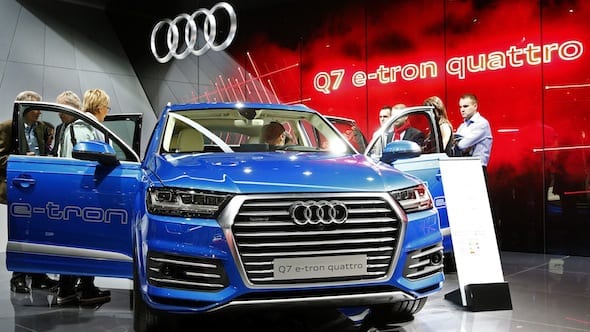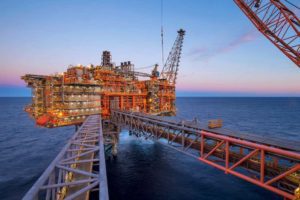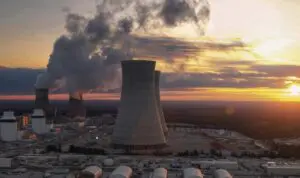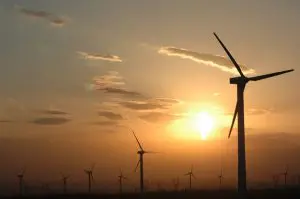A synthetic diesel pilot plant owned by Audi has produced its first batch of fuel made from water, carbon dioxide and green power, the German carmaker said.
Audi – which has been pursuing carbon-neutral fuels since 2009 – announced the breakthrough on its website last week, just four months after the Dresden research facility was commissioned, having been developed by local company Sunfire.
The German government-backed technology operates according to the power‑to‑liquid principle (see chart below) using water and CO2. The carbon is currently supplied by a biogas facility, although some is being extracted from the ambient air via direct air capturing, a technology of Audi’s Zurich‑based partner Climeworks.

As the chart illustrates, water is heated to form steam, which is then broken down into hydrogen and oxygen by electrolysis. The hydrogen then reacts with the CO2 in synthesis reactors, again under pressure and at high temperature.
The reaction product is a liquid made from long‑chain hydrocarbon compounds, known as blue crude, which is then refined to yield the end e-diesel product.
The efficiency of the overall process – from renewable power to liquid hydrocarbon – is around 70 per cent, according to Audi, and the resulting fuel is free from sulfur and aromatic hydrocarbons, and is readily ignitable.
Audi says lab tests have found the e-diesel to be suitable for ad-mixing with fossil fuel derived diesel or for use as a fuel in its own right.
To demonstrate this, Germany’s federal minister of education and research, Johanna Wanka, made a show of putting the first five liters of the plant’s e-diesel product into her car – an Audi A8 3.0 TDI clean diesel quattro.
“This synthetic diesel, made using CO2, is a huge success for our sustainability research,” Professor Wanka said.
“If we can make widespread use of CO2 as a raw material, we will make a crucial contribution to climate protection and the efficient use of resources, and put the fundamentals of the “green economy” in place.”
Analysts note that the challenge for Audi, now, will be to ramp up production of the fuel to a commercial scale.










